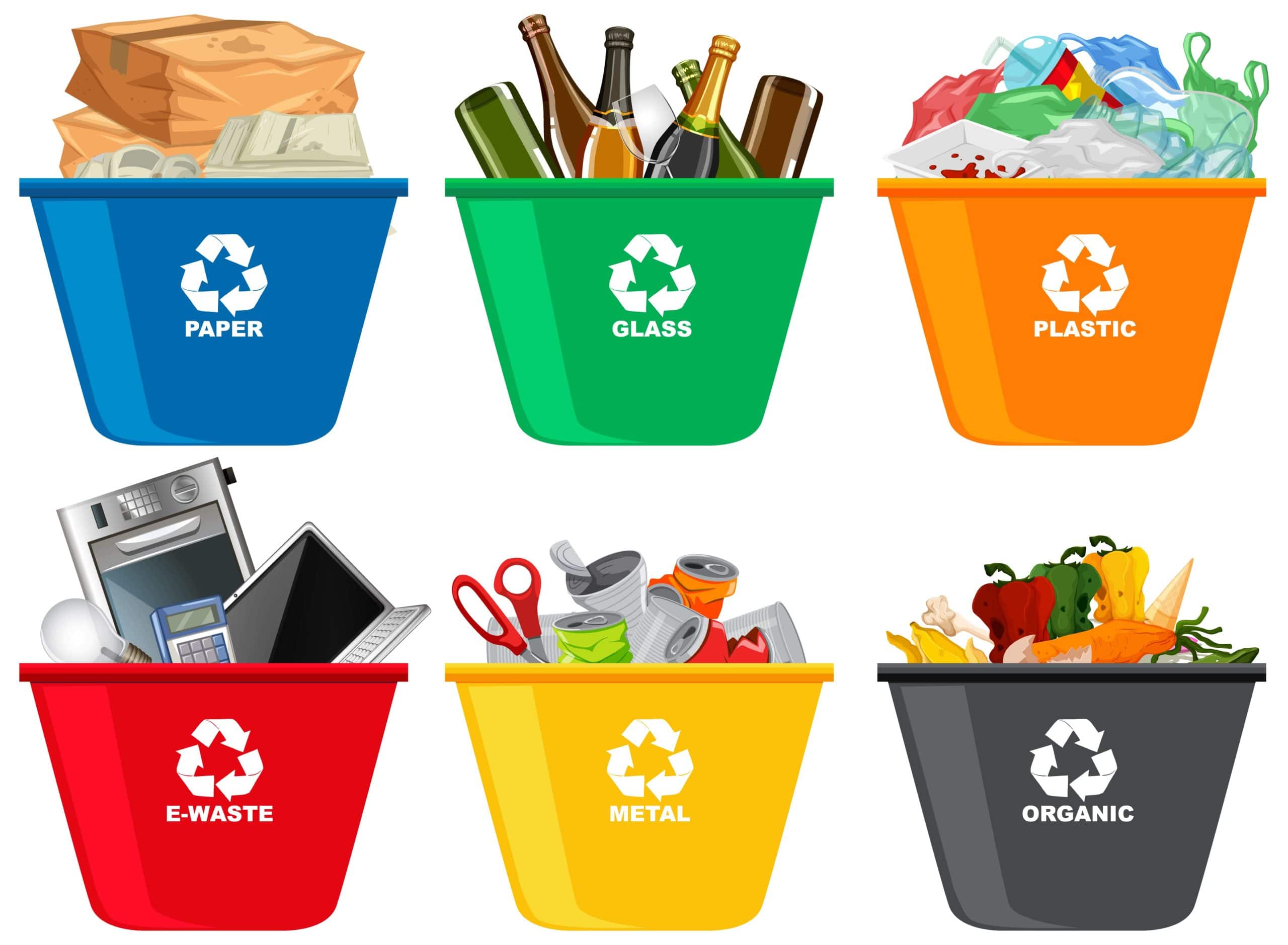
Did you know that most of the product lines we use in our homes to keep them clean and functioning properly are considered extremely hazardous? Disposing of these products, even if they are beneficial and generally safe to use, is a completely different matter.
When disposed of incorrectly, HHW pose a danger to humans, animals, as well as the environment. In order to dispose of these items, it wasn’t enough to simply place them in a residences dumpster rental.
Most dumpsters, both public and private, don’t allow many of these things.
What Dangerous Household Products Do You Use?
Items that really can explode, catch on fire, and otherwise respond badly to other substances are referred to as hazardous materials (HHW) by the EPA.
It isn’t hard to find warning labels on products in our garage, laundry, as well as household cleaning supply closets that read, “caution,” “toxic,” or something similar in bright red, all-caps lettering.
As you can see, each of these is a potentially hazardous substance. In addition, there are a number of everyday items that don’t come with warning labels. Fluorescent light bulbs as well as electronic gadgets are among the items on this list.

Here are some examples of hazardous waste from around the house.
Mechanics’ and car-care supplies:
A car’s battery
Antifreeze
Oil for your car’s engine
Liquid used in braking systems
Car tyres:
Products for the garden and the backyard:
Fertilizers
Pesticides and weedkillers
Lawn and swimming pool chemicals
Personal care and cleaning products:
Cans of aerosol
Incandescent lighting fixtures
AA, AAA, as well as button batteries are all non-alkaline batteries.
Thermometers made of mercury
Chlorine is used as a bleaching agent.
Cleaners for the toilet and drainRemovers of stains
Mothballs
Propane tanks that are more than a decade old
kerosene
The use of pharmaceuticals on a prescription basis
Insecticides or insect repellents are necessary.
Acetone or nail polish remover
A variety of electrical and other items:
Switches and relays in electrical systems
Televisions, computers, as well as microwave ovens are all examples of electronic devices.
Thinner or thinner for removing or thinning paint
Sprays and collars for fleas
Mercury-based thermostats from the 1970s and 1980s
Hazardous Waste Disposal Do’s and Don’ts
Make sure that you’re properly disposing of these hazardous and toxic household items. Soil, air, & water contamination can occur if hazardous waste (HHW) is not properly removed. All of this could have a negative impact on our health and even result in the onset of life-threatening conditions in the future.
Weakening the environment, harming wildlife and threatening the local economy are all consequences of carelessly discarding potentially harmful or toxic materials into the trash.
We must follow a number of dos and don’ts in order to properly dispose of hazardous household items because of the wide range of compositions.
In order to properly dispose of HHW, please follow these instructions:
Keep track of how much of the product you’ve used. For liquid and aerosol can disposal, this is especially important.
Find an HHW disposal programme in your area to help you get rid of the unwanted items.
Take a look at the local recycling options. Electronics, battery packs, fluorescent bulbs, and much more can all be safely disposed of using this method.
Take a look at the local recycling options. Electronics, battery packs, fluorescent bulbs, and the like can all be disposed of in this manner, which is especially convenient.
Remember to avoid doing the following:
Do not mix household hazardous waste (HHW) with regular trash or garbage. The garbage collector and the environment can be harmed, as well as your own legal liability, if you choose to do so.
HHW should not be flushed down the drain or flushed down the toilet. This could lead to a chemical reaction, which could lead to an explosion. There is a possibility that the HHW liquid could enter our water supply.
HHW should not be poured directly in to the storm drains or other waterways. This poses a risk to the safety of the water we use to drink. Fish and other ocean animals in our waterways, seas, but also oceans will likely be harmed by the toxic waste.
No HHW should be buried or poured into the ground. Toxins from this could injure or kill off the local plants and animals.
Don’t burn hazardous household waste in your fireplace or stove. In the event of an uncontrolled fire or a large explosion, toxic waste is extremely flammable or explosive. Non-flammable HHW, on the other hand, may still pose a threat to our health and the environment.
There must be proper hazardous waste disposal
It’s illegal to dispose of household hazardous waste improperly, and it’s dangerous to with community and the environment.



